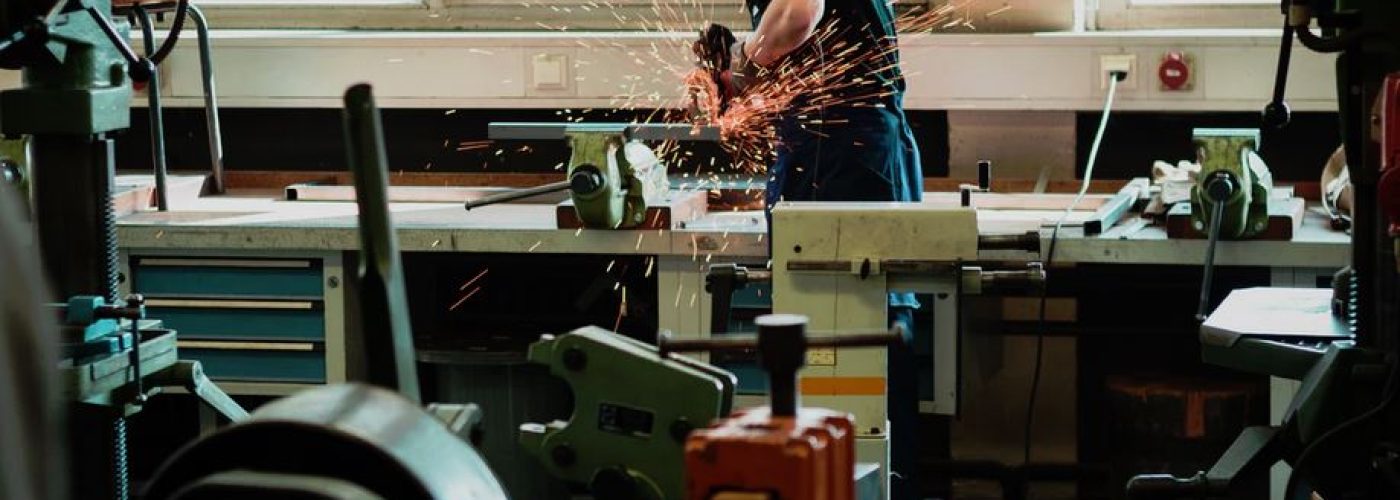Business is coming out of a fallow season, as is society, and it’s bringing with it huge demands for infrastructure upgrades across energy, transport and housing. The Guardian has highlighted a sizable 6% surge in March 2021, with infrastructure pushing forward the industry alongside housing. What these figures fail to highlight is the increasing rate of accidents on construction sites stemming from huge demand. ConstructionNews.co.uk has found that construction site deaths have risen by a third over the past five years. Whether proportional to the worker population or not, that’s an unacceptable increase in risk and, indeed, rate. Welding comes central to some of these figures, and even when the construction site is safe, poorly completed welding can have a disastrous impact on the eventual users of the new infrastructure.
Setting principles
The need for high-quality welders has been shown in the long-awaited construction of nuclear plant Hinkley C. As the BBC highlights, aggressive recruitment has been undertaken to provide workers for the construction of the cutting-edge facility, with welders in high demand. Elsewhere, in East Anglia, the approval of other nuclear projects is being met with promises of further welding professional schemes to meet demand. For welders moving into the lucrative business of high-end welding, it’s important to first establish basic safety principles. Much of this will, of course, be covered in the course of learning the necessary skills to work on professional construction sites. What they can’t necessarily provide, however, is proper equipment, and in high-pressure environments, employers often overlook the need for the best quality safety kit. A welding table is a good example, with stable, bespoke items doing a better job for the safety of the employee and their colleagues than the kit often provided on site. Of course, equipment only forms one part of the safety equation, and in high-pressure work environments, workers must be aware of their rights.
Overtime and flexibility
In May 2020, Yorkshire Live reported on the tragic case of Zac Payne and Michael Morris. Both welders, they had died in a fatal car crash after their parent company failed to follow internal fatigue regulations. A £750,000 fine was ordered as a result. Companies must be aware of the rules and regulations they need to follow under HSE guidelines, and workers should be aware of what they can reasonably expect to work on and how much rest they need between jobs. Fatigue is often the key factor in mistakes – when it comes to infrastructure, this can have a disastrous impact not only on the employee, but the public, too, who use the infrastructure welders contribute to.
Infrastructure damage
The impact of hastily constructed projects was put into tragic view in Mexico City in May 2021. As Yahoo News UK outlines, poor quality welding, among other issues, led to the collapse of an overhead rail passage. As new infrastructure to supply the UK flies up across the country, lessons like this one are vitally important for project managers and contractors to bear in mind. It’s an exciting time for new builds, and getting the country back on the road to being fully functioning will be something to stake reputations on. However, this cannot be at the cost of human safety.
This is what the welding issues boils down to – human safety. There are so many risks associated with welding, from the simple danger of the tools required to the danger of the related environments; welding is often required in electrical environments, for instance. Protecting the safety of workers is protecting their ability to do good work and, ultimately, deliver high quality construction projects.





